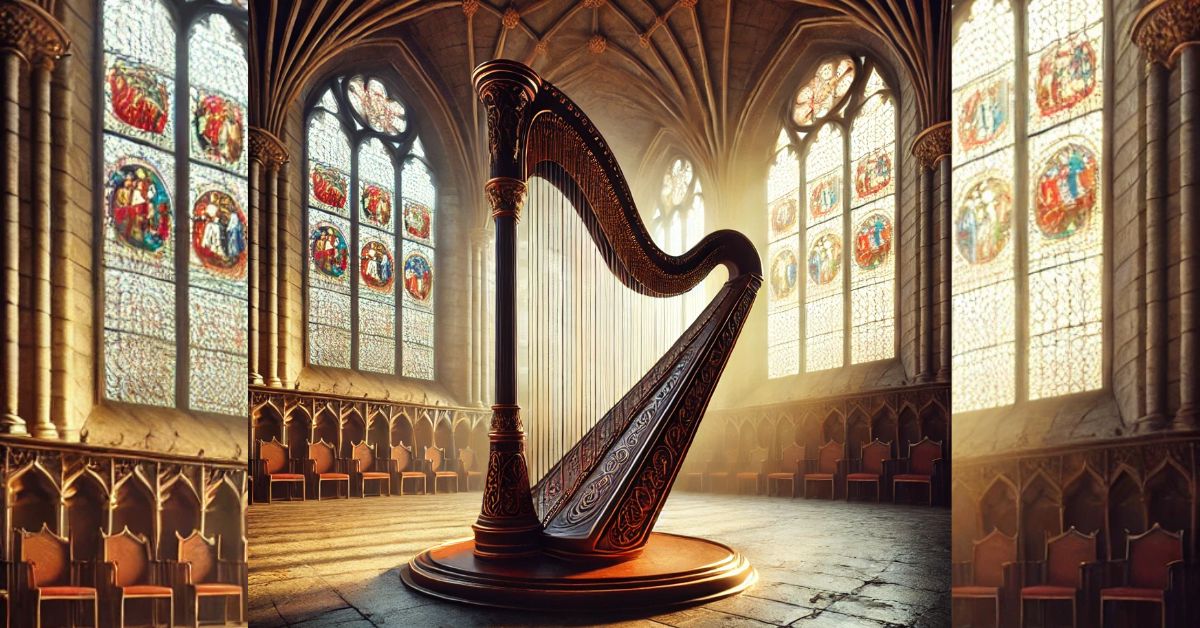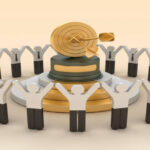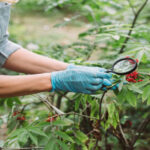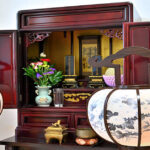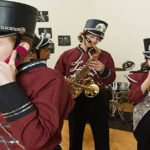The Gotische Harfe, or Gothic harp, is a remarkable musical instrument that evokes the spirit of medieval Europe. With its distinctively intricate design and hauntingly beautiful sound, the Gotische Harfe holds a significant place in the annals of musical history. This article explores its origins, development, cultural significance, construction, playing techniques, and its enduring appeal in modern times.
Origins of the Gotische Harfe
The Gotische Harfe emerged during the Gothic period, a time of profound artistic and cultural transformation in Europe spanning from the 12th to the 16th centuries. This era was characterized by the rise of Gothic architecture, illuminated manuscripts, and advancements in music. Instruments like the harp played a key role in the musical life of courts, churches, and the burgeoning urban centers of medieval Europe.
The harp itself predates the Gothic era, with its origins traced back thousands of years to ancient Mesopotamia and Egypt. By the time it reached Europe, the harp had evolved into a more refined instrument, often associated with nobility and religious practices. The Gotische Harfe distinguished itself with its ornate, architectural design—mirroring the Gothic art style—and its unique tonal qualities.
Design and Construction
The Gotische Harfe is renowned for its distinct appearance. It typically features a triangular shape with elaborately carved woodwork, often incorporating motifs like floral patterns, gargoyles, or other designs inspired by Gothic cathedrals. Its frame is usually made from hardwoods such as maple or oak, prized for their resonance and durability.
Key Features
- Size and Shape: Gothic harps are generally smaller than their modern counterparts, making them more portable. Their compact size was ideal for traveling troubadours and minstrels.
- Strings: Early Gothic harps used gut strings, which provided a warm and rich tone. These strings were later replaced by metal or nylon in some reconstructions, enhancing durability while preserving their distinct sound.
- Soundboard: The soundboard, typically made from softwoods like spruce, amplifies the vibrations of the strings. In Gothic harps, the soundboard often features decorative elements such as rosettes or painted designs.
- Tuning: Unlike modern pedal harps, the Gotische Harfe lacks complex mechanisms for altering pitch. Players must manually adjust the tension of the strings to change the key, making the instrument both versatile and challenging to master.
Role in Medieval Culture
The Gotische Harfe was not merely a musical instrument; it was a symbol of artistic expression and social connection. Its music served various purposes, from entertainment in royal courts to accompaniment in religious ceremonies. The harp was often depicted in medieval manuscripts and artwork, symbolizing divine inspiration and harmony.
Harps and Troubadours
Troubadours and minstrels frequently used the Gotische Harfe to accompany their songs and storytelling. These traveling musicians brought tales of chivalry, love, and heroism to life through their music, often performing at festivals and gatherings. The harp’s portability and expressive range made it a favored instrument for this purpose.
Religious Significance
In the religious context, the harp was closely associated with the Psalms of David, where it was seen as a sacred instrument capable of bridging the earthly and divine realms. The Gotische Harfe was used in monasteries and cathedrals to accompany liturgical music, enhancing the spiritual experience.
Playing Techniques
The Gothic harp’s design lends itself to a range of playing techniques, from simple melodies to intricate polyphony. While it lacks the levers or pedals of modern harps, its open tuning allows for creative exploration.
Finger Placement and Plucking
Players typically use the thumb and first three fingers to pluck the strings, creating a gentle, flowing sound. The absence of pedals requires the player to focus on precision and agility, as altering the pitch involves retuning the instrument manually or employing creative fingering techniques.
Ornamentation
In keeping with the stylistic norms of the Gothic period, harpists often use ornamentation, such as trills and grace notes, to add depth and complexity to their music. These embellishments showcase the instrument’s expressive potential and the player’s skill.
The Revival of the Gotische Harfe
After falling into obscurity during the Renaissance, the Gotische Harfes experienced a revival in the 19th and 20th centuries, driven by a growing interest in medieval and early music. This resurgence was fueled by musicians, historians, and instrument makers dedicated to preserving the rich legacy of the past.
Reconstruction and Modern Craftsmanship
Contemporary luthiers (instrument makers) have played a vital role in reviving the Gotische Harfes. Using historical records, artworks, and surviving instruments as references, they recreate authentic models that capture the spirit of the original harps. These reconstructed instruments are now used in performances, recordings, and educational programs worldwide.
Early Music Ensembles
The renewed popularity of early music ensembles has further elevated the status of the Gotische Harfe. These groups aim to present historically informed performances, using period instruments to bring medieval and Renaissance music to life. The Gothic harp is often featured alongside other historical instruments like the vielle, lute, and recorder.
The Gotische Harfe in Modern Times
In the 21st century, the Gotische Harfe has found a niche audience of musicians, scholars, and enthusiasts. Its unique sound and aesthetic appeal continue to captivate audiences and inspire new generations of performers.
Contemporary Music and Fusion
While primarily associated with early music, the Gothic harp has also been embraced by contemporary musicians exploring new genres. Its ethereal tone lends itself well to experimental compositions, world music, and even modern folk.
Education and Accessibility
Educational initiatives have made the Gotische Harfes more accessible to aspiring musicians. Workshops, online tutorials, and festivals dedicated to early music provide opportunities for people to learn about and play this fascinating instrument.
FAQs About the Gotische Harfe
1. What distinguishes the Gotische Harfe from other types of harps?
The Gotische Harfe is smaller, more portable, and often more ornate than modern harps. Its design reflects the Gothic art style, and it lacks the pedals or levers found on contemporary harps, requiring manual retuning.
2. How many strings does a typical Gotische Harfe have?
A Gothic harp typically has between 20 and 30 strings, depending on the specific design and historical model being replicated.
3. Is it difficult to learn the Gotische Harfe?
While the Gotische Harfe requires patience and practice to master, its straightforward construction and open tuning make it a great starting point for those interested in historical instruments.
4. Where can I hear the Gotische Harfe being played?
You can hear the Gothic harp in early music concerts, medieval fairs, and online recordings. Many early music ensembles and individual performers showcase this instrument in their repertoire.
5. Can I buy a Gotische Harfe today?
Yes, there are specialized luthiers and instrument makers who craft modern replicas of the Gotische Harfes. They are often custom-made and can be purchased through early music shops or directly from the makers.
6. What is the price range for a Gotische Harfe?
The cost of a Gotische Harfe varies depending on its size, craftsmanship, and materials used. Prices typically range from $1,000 to $5,000 or more for high-quality instruments.

